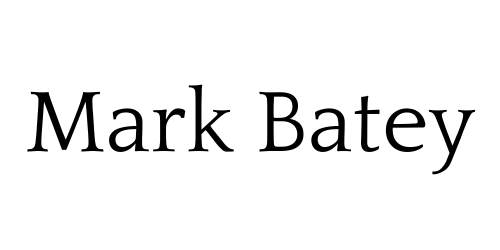4/27/2011
The Celtic Brand
As football brands go, there are few as colorful as Scottish champions Celtic. While the club may not generate the kind of revenue that the likes of Barcelona FC do, it is still a profitable business, thanks to sponsorship deals, merchandise sales and match fees. The club boasts a worldwide fan base of almost 10 million, with some 160 Celtic Supporters Clubs in over 20 countries around the world.
From a branding perspective, it makes for an interesting case.
Heritage
The Celtic Football Club owes its existence to the vision and energy of its founding father, Brother Walfrid. Born in 1840, in Sligo, Ireland, Brother Walfrid experienced firsthand the horrors of the Great Famine in Ireland, before leaving his rural life in the devastated countryside to join the Marist Order, where he became a schoolteacher.
The Famine led to an exodus of destitute Irish people to mainland Britain (and to The New World), particularly cities like Glasgow, Edinburgh, Liverpool, Manchester and London. Like many of his countrymen, Brother Walfrid arrived to the grotesque slums of Glasgow’s East End, in the early 1870s. The immigrant children living in misery there soon became his prime concern. Besides educating them, he also sought to clothe and feed them. To do so, he established the ‘Penny Dinners,’ whereby needy children from several local parishes could receive a square meal each day. The penny that the children’s parents would pay for the meal was symbolic – it meant they could preserve some dignity in the face of their dire circumstances, and not be reduced to surviving on hand-outs.
Celtic Football and Athletic Club was founded in 1887 (the first official match was in 1888) with the objective of generating funds for the maintenance of these “Dinner Tables.” It also provided a route to health and fitness for the young men of the area and a way of keeping them distracted from alcohol. And it gave the uprooted and downtrodden Irish Catholic population of Glasgow’s East End a focus, a morale-sustaining symbol of their identity.
Identity
Unlike its cross city rival, Celtic has always practiced a policy of inclusion. Its non-sectarian approach was famously captured by its first manager, Willie Maley, when he said: “It is not his creed nor his nationality which counts – it’s the man himself.” Indeed, Maley would openly boast of the Protestants, Hindus, Jews and Muslims employed by the club. Nonetheless, it is a club with proud Catholic and Irish roots. The team plays in shirts of green and white hoops and the color green features prominently in the club’s iconography. The team badge has a shamrock at its centre. At matches, along with the club hymn, “You’ll never walk alone” traditional Irish songs are sung, such as “Fields of Athenry” Then there is the name itself.
Name
Equally proud of the club’s Scottish home, the name Celtic was Brother Walfrid’s suggestion – intended to reflect the club’s Irish and Scottish origins. The club’s official nickname is The Bhoys, the spelling of which denotes an Irish pronunciation. Other nicknames used include The Hoops, The Celts and The Tic.
Legend and mythology
Among the club’s achievements, those of the season of 1967 remain unsurpassed. Celtic won every competition it entered: the Scottish League, the Scottish Cup, the Scottish League Cup, the Glasgow Cup, and, by far the most significant, the European Cup (the equivalent of today’s Champions League). Managed by Jock Stein, and captained by Billy McNeill, the club defeated Inter Milan 2–1 in Lisbon, Portugal on 25 May 1967. Celtic thus became the first British team, and the first from outside Spain, Portugal and Italy to win the competition. The winning players subsequently became known as the ‘Lisbon Lions’. Remarkably, not one of the players was born more than 30 miles from Glasgow. The East Stand at Celtic Park is dedicated to the Lisbon Lions, and the West Stand to Jock Stein, who is also commemorated with a statue at Celtic Park. Stein guided Celtic to nine successive Scottish League championships between 1966 and 1974.
With its unique story and mythology, heritage and identity, symbolism, language and rituals, the Celtic Football Club is one of the most compelling sports brands there is.
